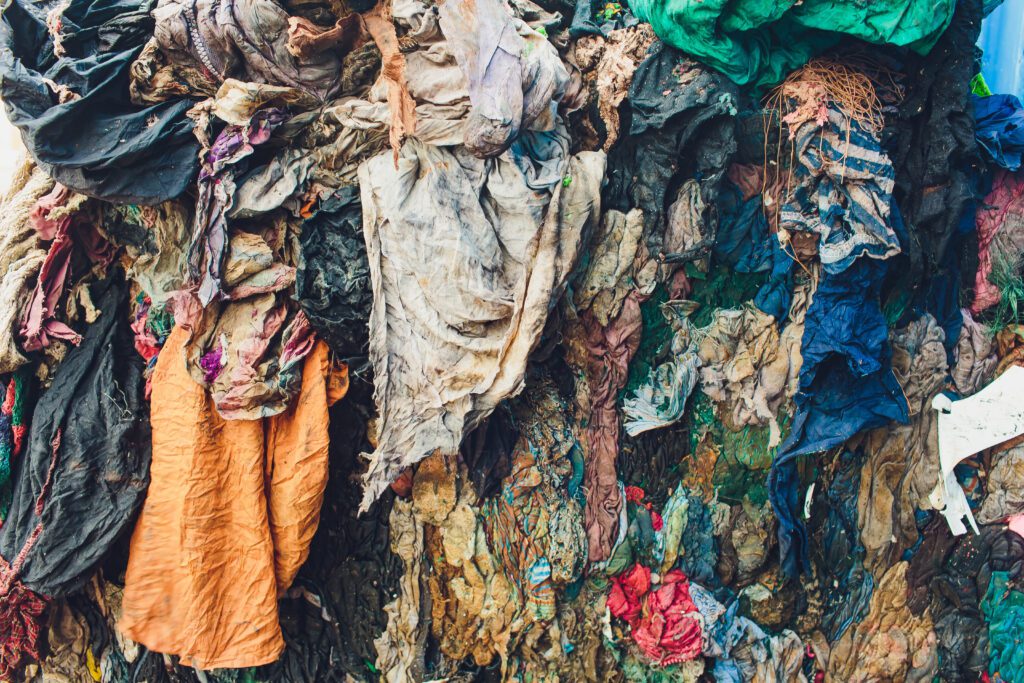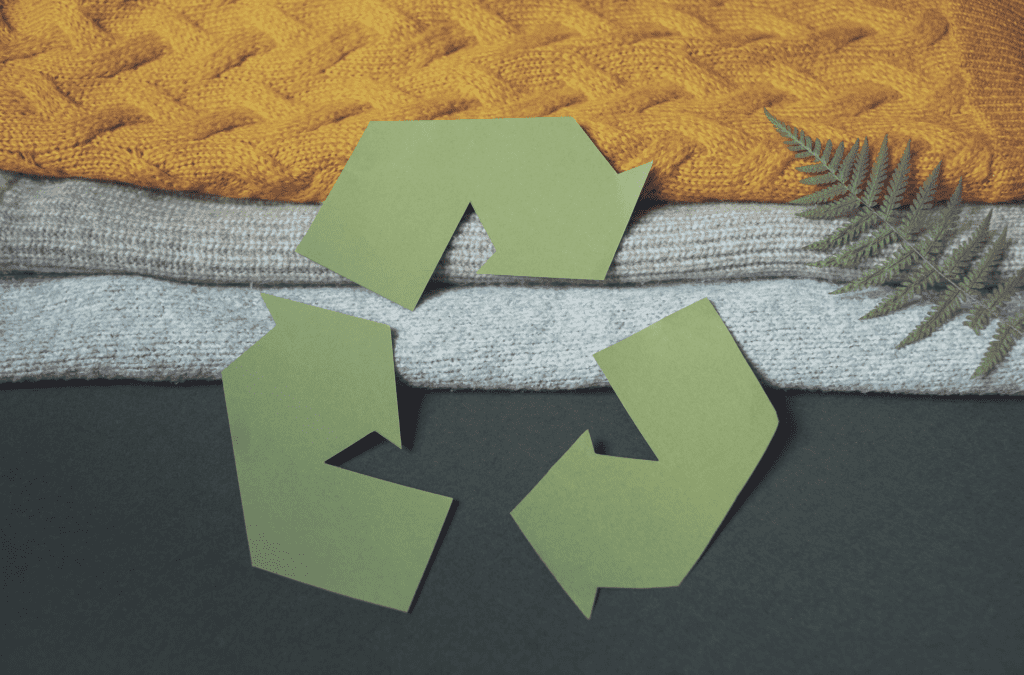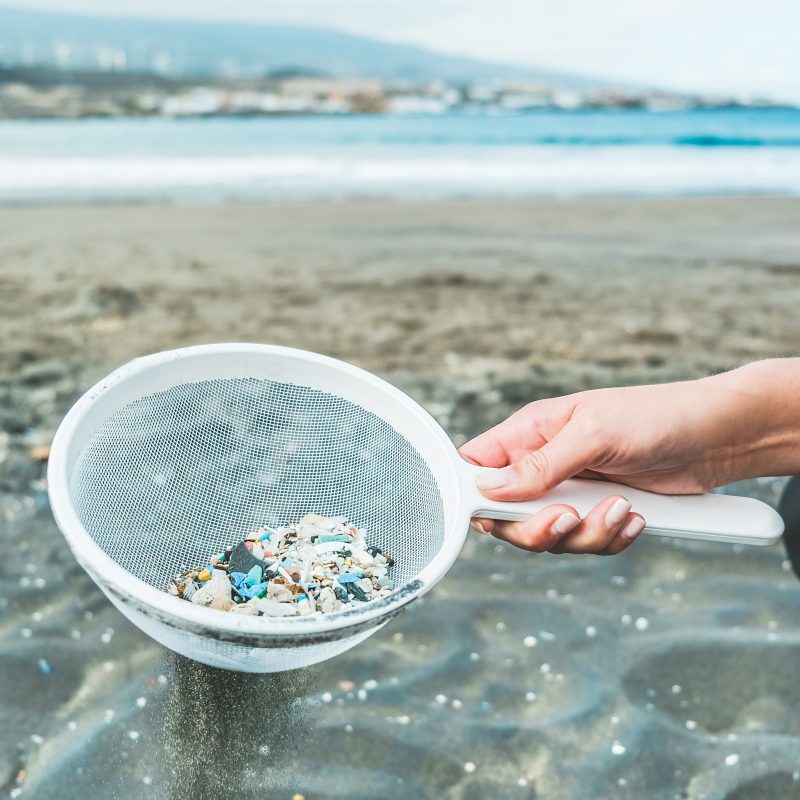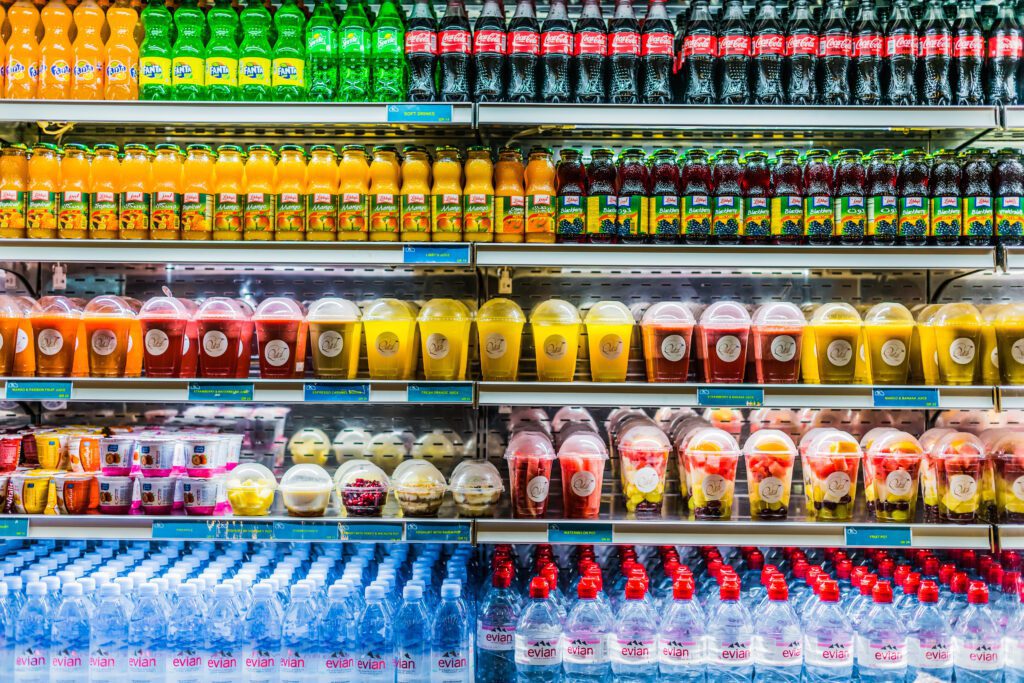Impact of Polymers in Textiles
In 2017, European households consumed about 13 million tonnes of textile products (clothing, footwear and household textiles). Synthetic fibres, such as polyester and nylon, make up about 60% of clothing and 70% of household textiles. Synthetic textiles affect the environment and climate throughout their lifecycle through resource use, and the emission of greenhouse gases and pollutants. In addition, between 200,000 and 500,000 tonnes of microplastics from textiles enter the marine environment each year. In contrast to cotton, the production of synthetic fibres does not use agricultural resources, toxic pesticides or fertilisers. EU consumers discard about 5.8 million tonnes of textiles annually around 11 kg per person – of which about two thirds consist of synthetic fibres. In Europe, about one third of textile waste is collected separately, and a large part is exported. Promoting sustainable fibre choices and control of microplastic emissions, and improving separate collection, reuse and recycling, have the potential to improve the sustainability and circularity of synthetic textiles in a circular economy.









